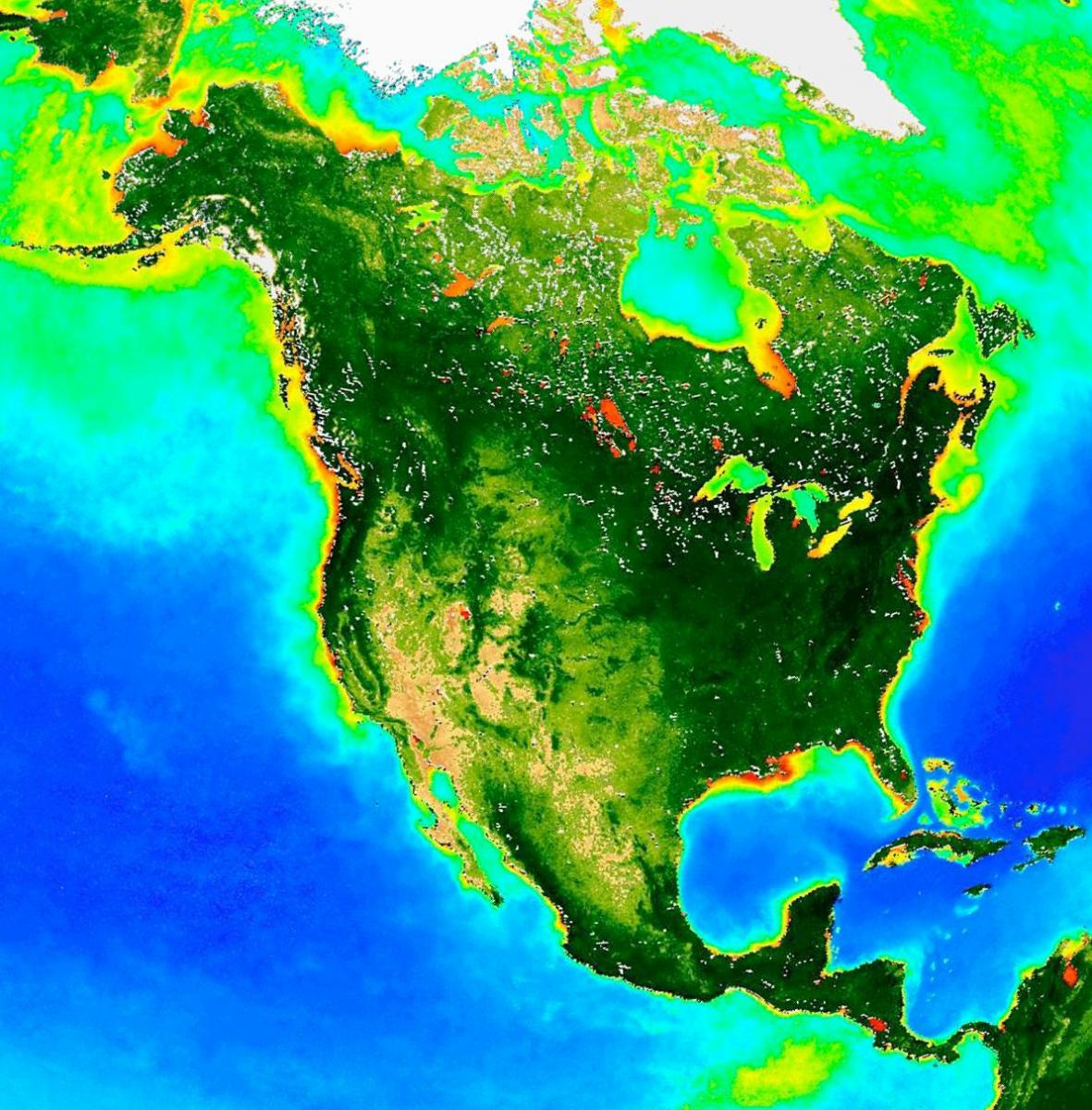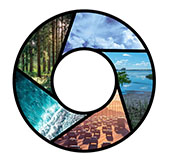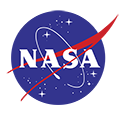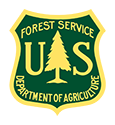North American Coastal Waters Science Plan for Carbon Cycle Research
A series of workshops and research activities were conducted over the past several years as a partner activity between the Ocean Carbon and Biogeochemistry (OCB) Program and the North American Carbon Program (NACP) to synthesize existing data and improve quantitative assessments of the North American carbon budget. These activities have culminated into 'A Science Plan for Carbon Cycle Research in North American Coastal Waters', which will be used by researchers and federal agencies in future planning efforts.
Funding from the NASA Ocean Biology and Biogeochemistry Program and NSF Chemical Oceanography made the activities that yielded this product possible.
Citation
Benway, H., Alin, S., Boyer, E., Cai, W.-J., Coble, P., Cross, J., Friedrichs, M., Goñi, M., Griffith, P., Herrmann, M., Lohrenz, S., Mathis, J., McKinley, G., Najjar, R., Pilskaln, C., Siedlecki, S., Smith, R. 2016. A Science Plan for Carbon Cycle Research in North American Coastal Waters. Report of the Coastal CARbon Synthesis (CCARS) community workshop, August 19-21, 2014, Ocean Carbon and Biogeochemistry Program and North American Carbon Program, 84 pp.
Executive Summary

- Relative to their surface area, continental margins represent some of the largest carbon fluxes in the global ocean, but sparse and sporadic sampling in space and time makes these systems difficult to characterize and quantify.
- Recognizing the importance of continental margins to the overall North American carbon budget, terrestrial and marine carbon cycle scientists have been collaborating on a series of synthesis, carbon budgeting, and modeling exercises for coastal regions of North America, which include the Gulf of Mexico, the Laurentian Great Lakes (LGL), and the coastal waters of the Atlantic, Pacific, and Arctic Oceans.
- The Coastal CARbon Synthesis (CCARS) workshops and research activities have been conducted over the past several years as a partner activity between the Ocean Carbon and Biogeochemistry (OCB) Program and the North American Carbon Program (NACP) to synthesize existing data and improve quantitative assessments of the North American carbon budget.
- CCARS activities in all five regions resulted in data compilations that improved estimates of key carbon fluxes, particularly air-sea fluxes and primary productivity, for which the most observations exist. Updated carbon budgets have been published for the Gulf of Mexico (Coble et al., 2010; Benway and Coble, 2014), Atlantic coast (Najjar et al., 2012), Pacific coast (Alin et al., 2012), Arctic coast (Cross et al., 2014a, b; Evans et al., 2015), and the LGL (McKinley et al., 2011).
- Air-sea CO2 flux syntheses have been published for coastal systems of the Arctic (Cross et al., 2014a; Evans et al., 2015), Atlantic (Signorini et al., 2013), and the northern Gulf of Mexico (Huang et al., 2015), and more are underway. For the California Current System (CCS), a convergence of model- and observation-based air-sea fluxes reflects both the increasing sophistication of the models and the increase in surface seawater and atmospheric pCO2 observations.
- A summary of published carbon flux estimates suggests that Lakes Superior, Michigan, and Huron are slight CO2 sources and Lakes Erie and Ontario are slight CO2 sinks (McKinley et al., 2011).
- CCARS activities fostered collaborative synthesis and intercomparison across 3-4 different models that provide published estimates of carbon delivery to coastal regions, which yielded updated estimates of riverine carbon fluxes for most regions.
- Despite sparse data sets, CCARS participants also produced some of the first regional estimates of carbon fluxes from respiration, burial, and submarine groundwater discharge. Cross-shelf carbon fluxes, which are extremely difficult to constrain with the limited number of data sets, were calculated using a combination of models and data from tracer studies.
- Finally, using a statistical modeling approach, the first estuarine organic carbon budget for the Atlantic coast was developed based on studies in 12 representative estuarine systems (Herrmann et al., 2015).
Key recommendations of the CCARS data synthesis activities include:
- A comparable synthesis of data from Mexican (Gulf of Mexico and Pacific coasts) and Canadian (Atlantic coast) waters
- A sustained observing program in all five Laurentian Great Lakes, minimally including carbon and biogeochemical rate measurements across all seasons
- Improved observational coverage (in space and time) of the Gulf of Alaska and other sea ice-bearing portions of the Arctic
- Further development of event-scale observing capacity (e.g., novel autonomous platforms) in all continental margin systems to better quantify impacts of episodic events on coastal carbon budgets
- Increased use of satellite products and development of algorithms for key carbon flux estimates (e.g., primary productivity and surface-water pCO2) are needed, especially observations from high spatial and high temporal resolution satellite sensors
- Coordination of an all-inclusive carbon flux measurement campaign with universally established protocols across a small set of representative estuarine and tidal wetland systems (using a typology approach) across all regions, including carbon flux measurements in degraded or drowned coastal ecosystems to better understand policy implications of coastal ecosystem change
- Further development of three-dimensional biogeochemical models with interactions among tidal wetlands, estuaries, sediments, and shelf waters to scale up limited observations and integrate across the land-ocean continuum
- Improved process understanding of how energy and land use by humans modify carbon stocks and fluxes in coastal waters to facilitate anthropogenic attribution
- Integration of social scientists and policy specialists into the planning process for developing integrated observational and modeling efforts as well as data harmonization strategies across the land-ocean continuum.




